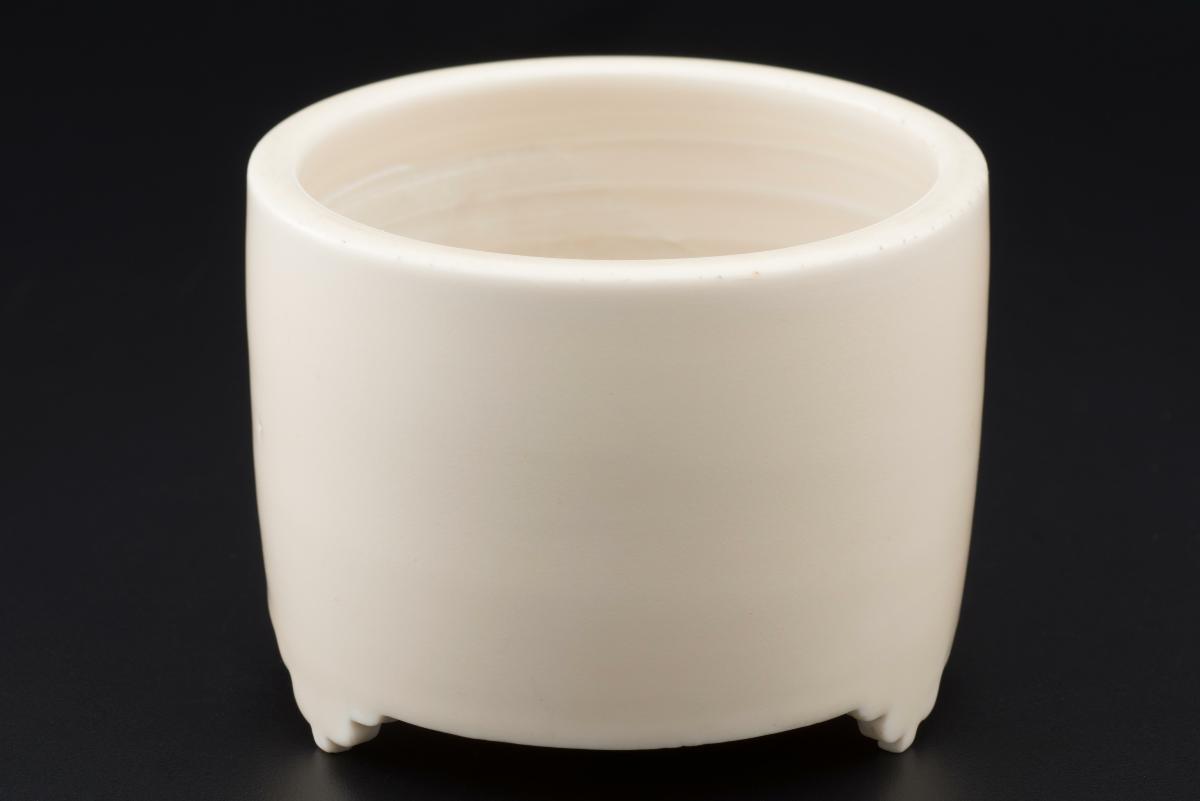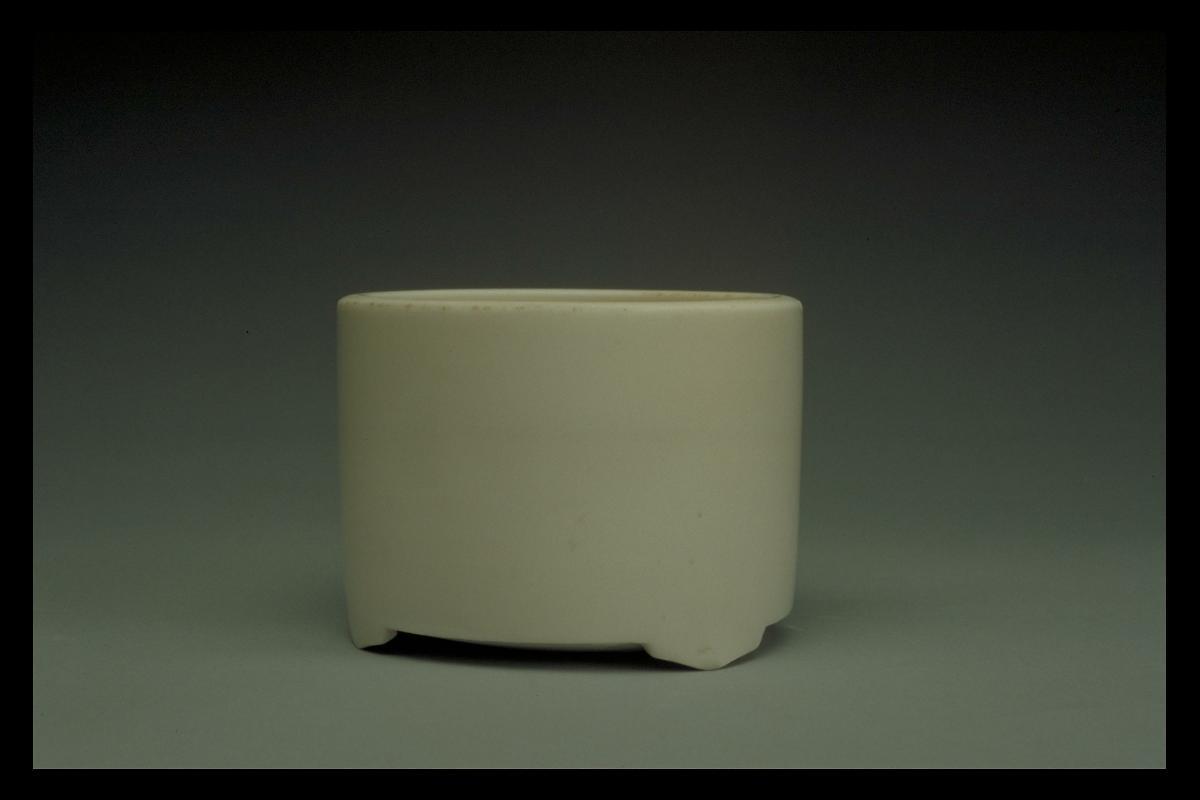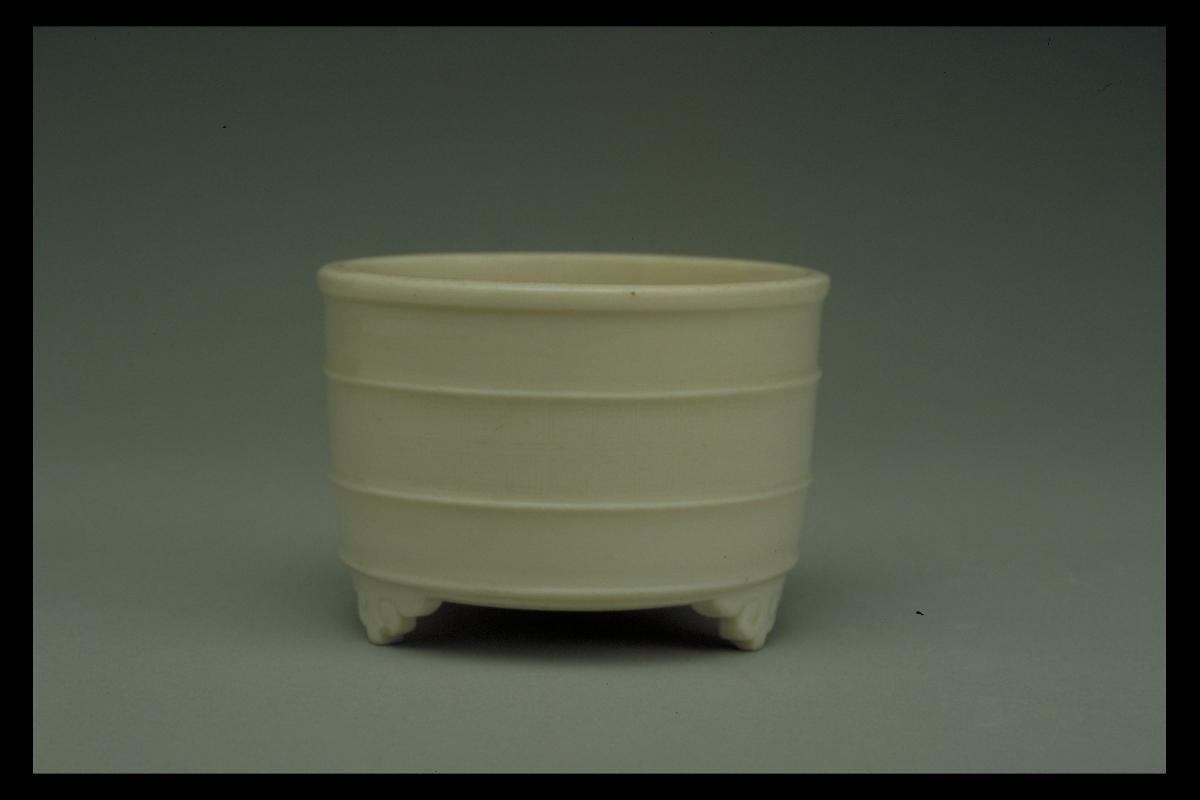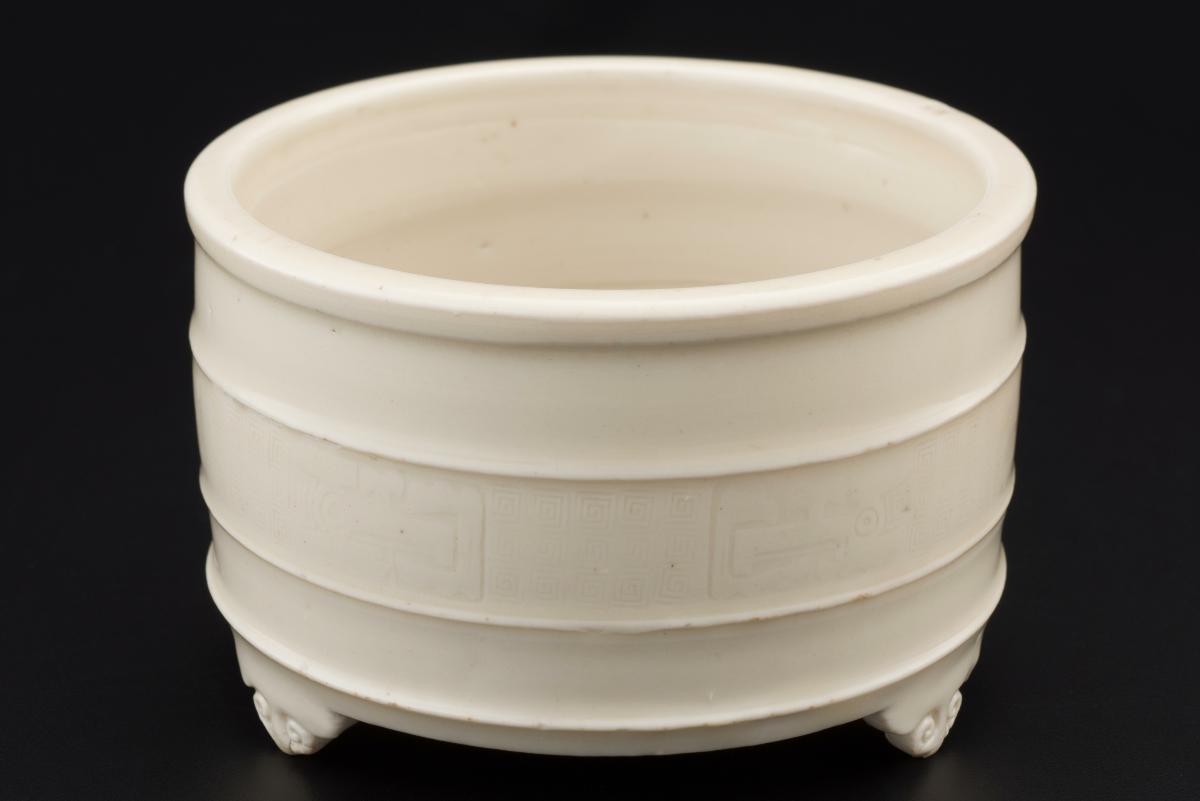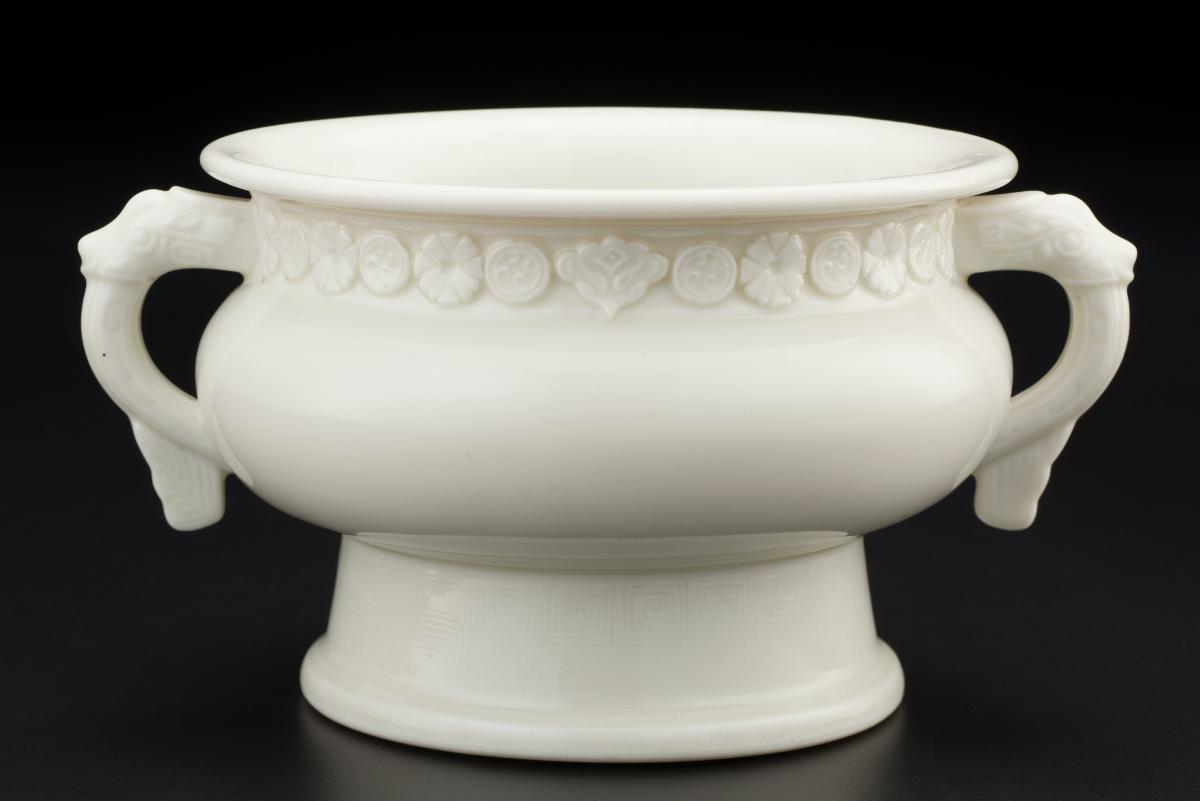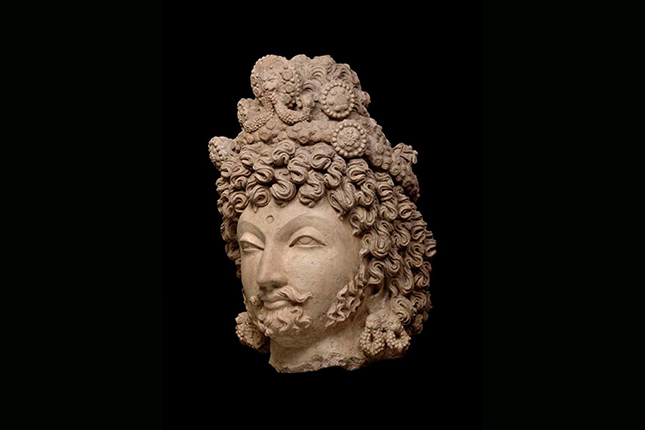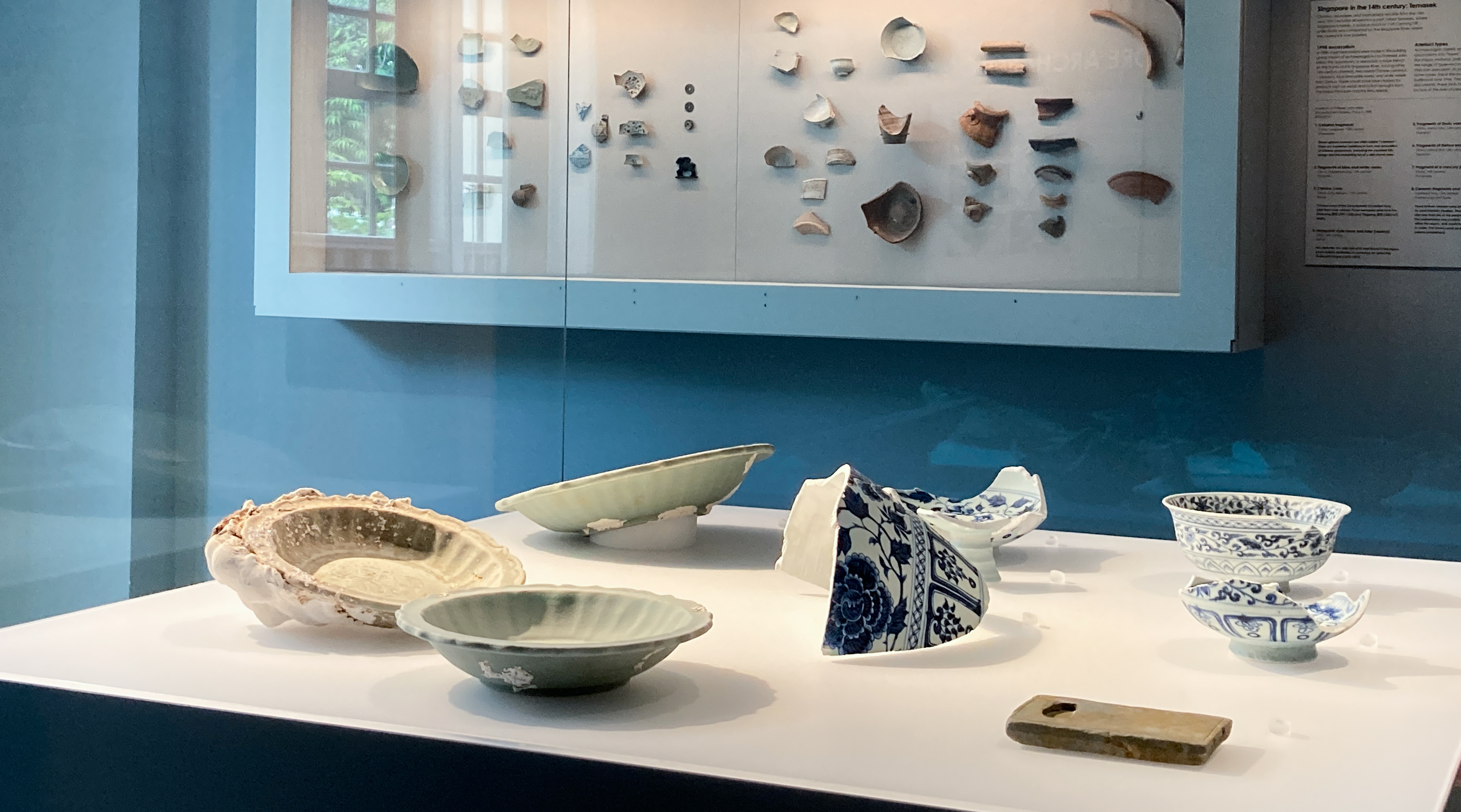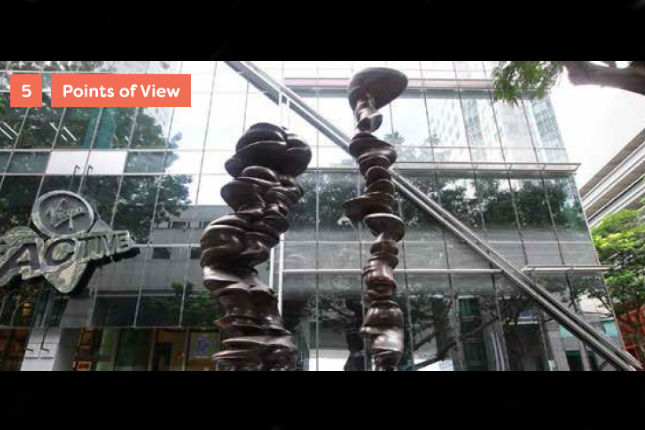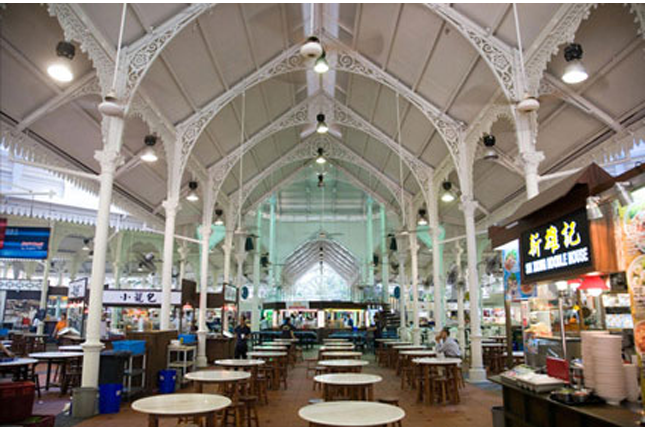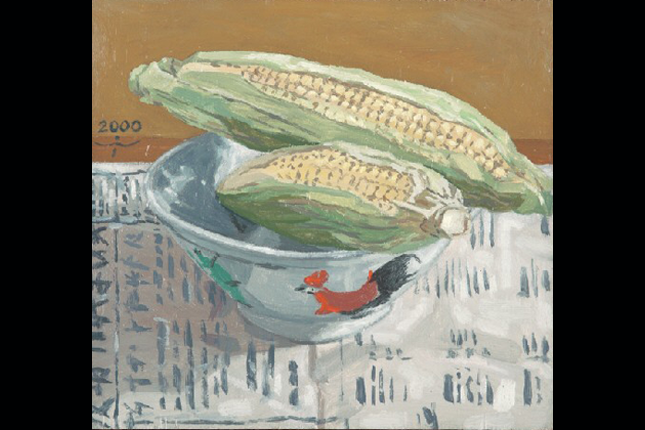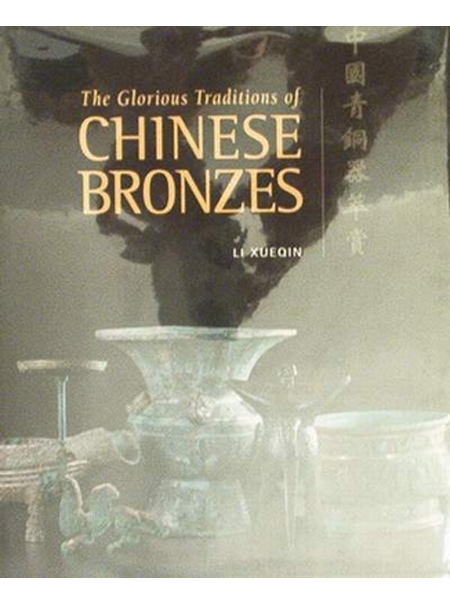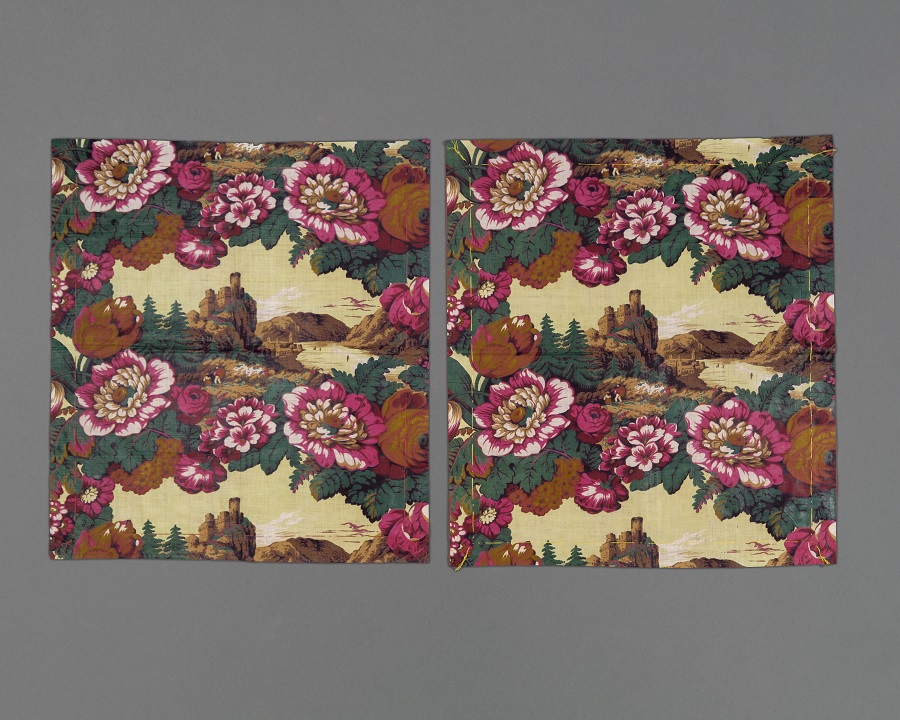This vessel is a simplified form of the archaic bronze 'lian', a ritual offering vessel found in the ancient bronze-casting tradition of China. The slightly curved walls are a unique attribute of wheel-thrown porcelain, and the undecorated surface enhances the purity of the classic ivory-toned Dehua glaze. Censers were used to burn incense sticks at the altar, although by the Ming dynasty (1368-1644), their overriding appeal would have been decorative.Archaic style ceramic vessels became fashionable amongst scholar-connoisseurs such as Song dynasty Emperor Huizong (1100 – 1125CE). The use of archaic wares continued during the Ming dynasty (1368-1644). The fashion for archaism was revived again during the reign of Qianlong (1736–1795) when catalogues of the Imperial art collections inspired the production of all sorts of arts and crafts in ancient styles.Dehua, located on the southeast coast of Fujian province, is well known for its production of white porcelain, known to Europeans as 'blanc de Chine'. The earliest Dehua porcelain was produced as early as the 14th century but the production and quality of these porcelain peaked around the 17th and 18th centuries.




